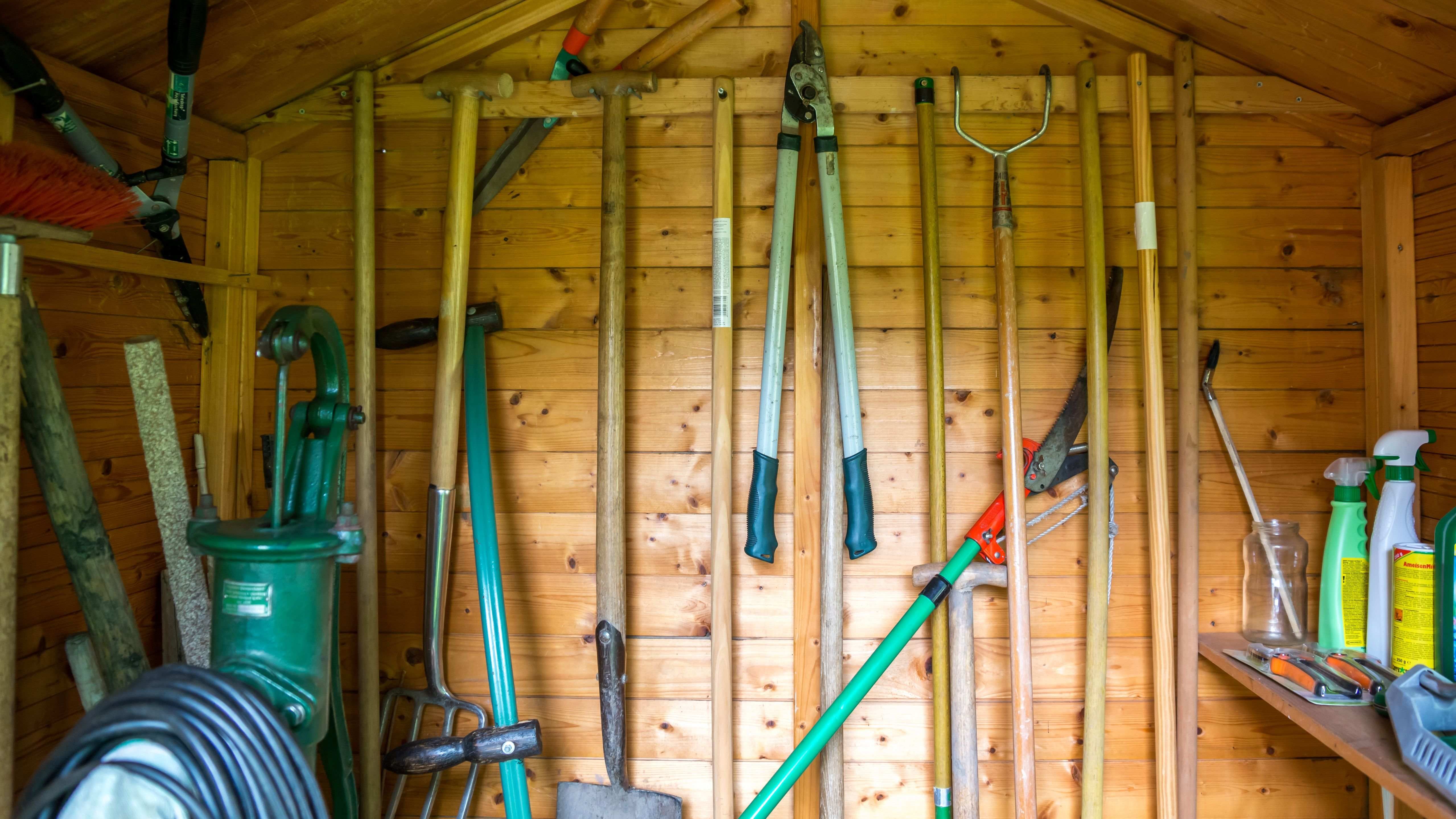How To Treat Garden Tool Handles

It was rusty and the handle was dry rough and dirty but at least the head was still firmly attached.
How to treat garden tool handles. Wrap a piece of 120-grit sandpaper around the base of the handle where it meets the shovels metal blade. Should you encounter splinters or other rough spots use fine sandpaper to smooth them out. Now I started applying the coconut oil.
Store garden tools treated with boiled linseed oil in a cool dry place and examine their handles after two or three days. In the UK the most common methods of fixing the handle to the blade are by using a tang that passes through the handle or a socket that encloses it although on the Yorkshire billhook the handle is commonly fixed like that of a slasher with two straps one each side of the handle. How to maintain good posture while working.
First go over the handles with sandpaper the then with a rag wipe them down with a 50-50 combo. The right way to sharpen a garden tool. Of linseed oil and turpentine.
Alternatively you can clean dry tool handles with a metal brush and damp rag the goal being to relieve the handles of soil and scum that has accumulated in the crevices. It is readily available non-toxic see side note below and protects your wooden handle without feeling gummy as something like mineral oil would. You can also use the linseed oil on the metal parts to.
If youve rinsed off and dried your rakes shovels trowels garden forks or other hand tools after each use you wont have to do much at the end of the season. Each spring I sand our gardening tool handles with 120-grit sandpaper and then rub a coat of boiled linseed oil on them. There are some instances were a little more elbow grease and effort is needed.
I use boiled linseed oil rather than raw linseed on my tool handles. The handles stay smooth throughout the gardening season. Apply a thin layer of oil with a.



















